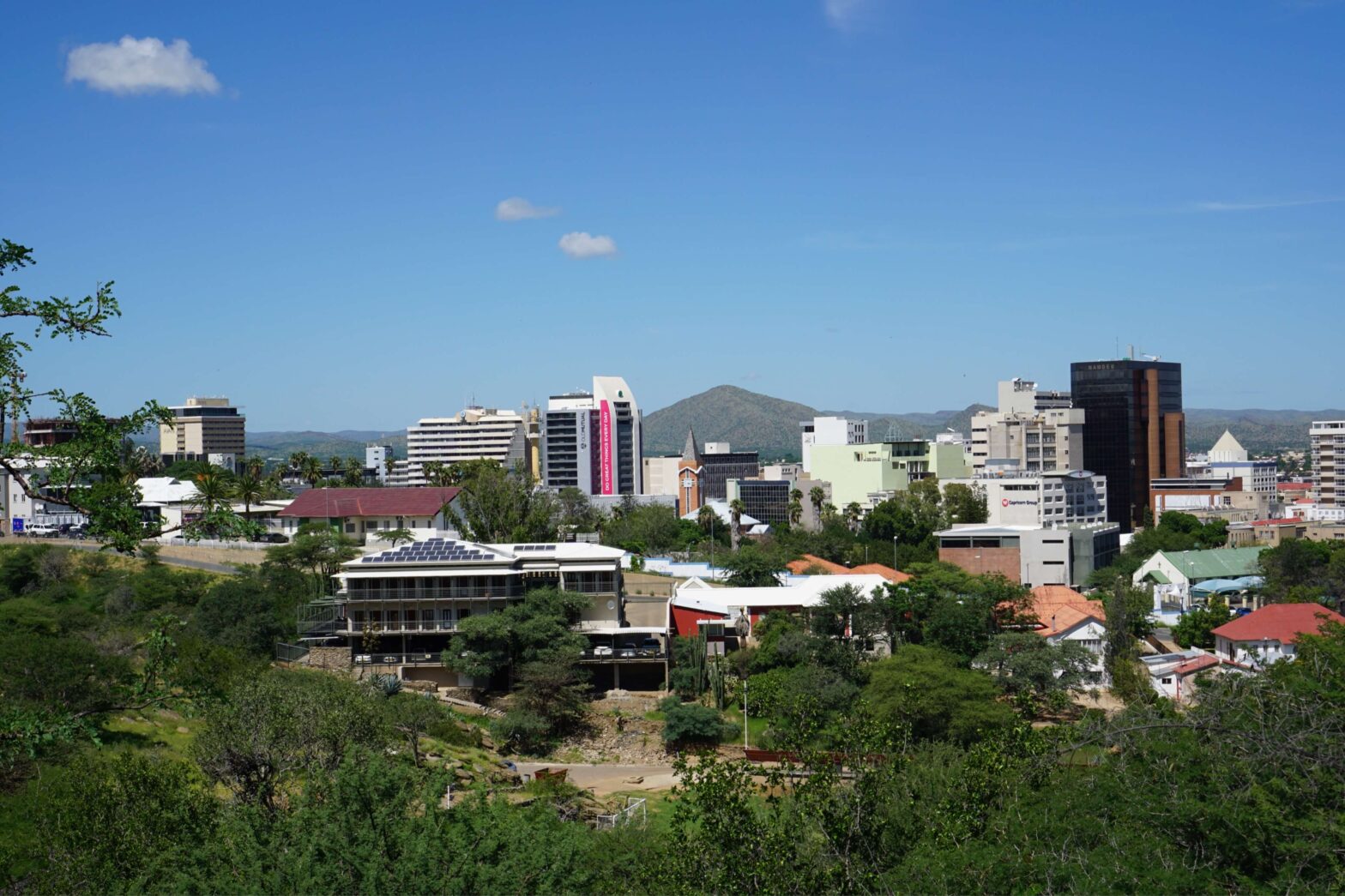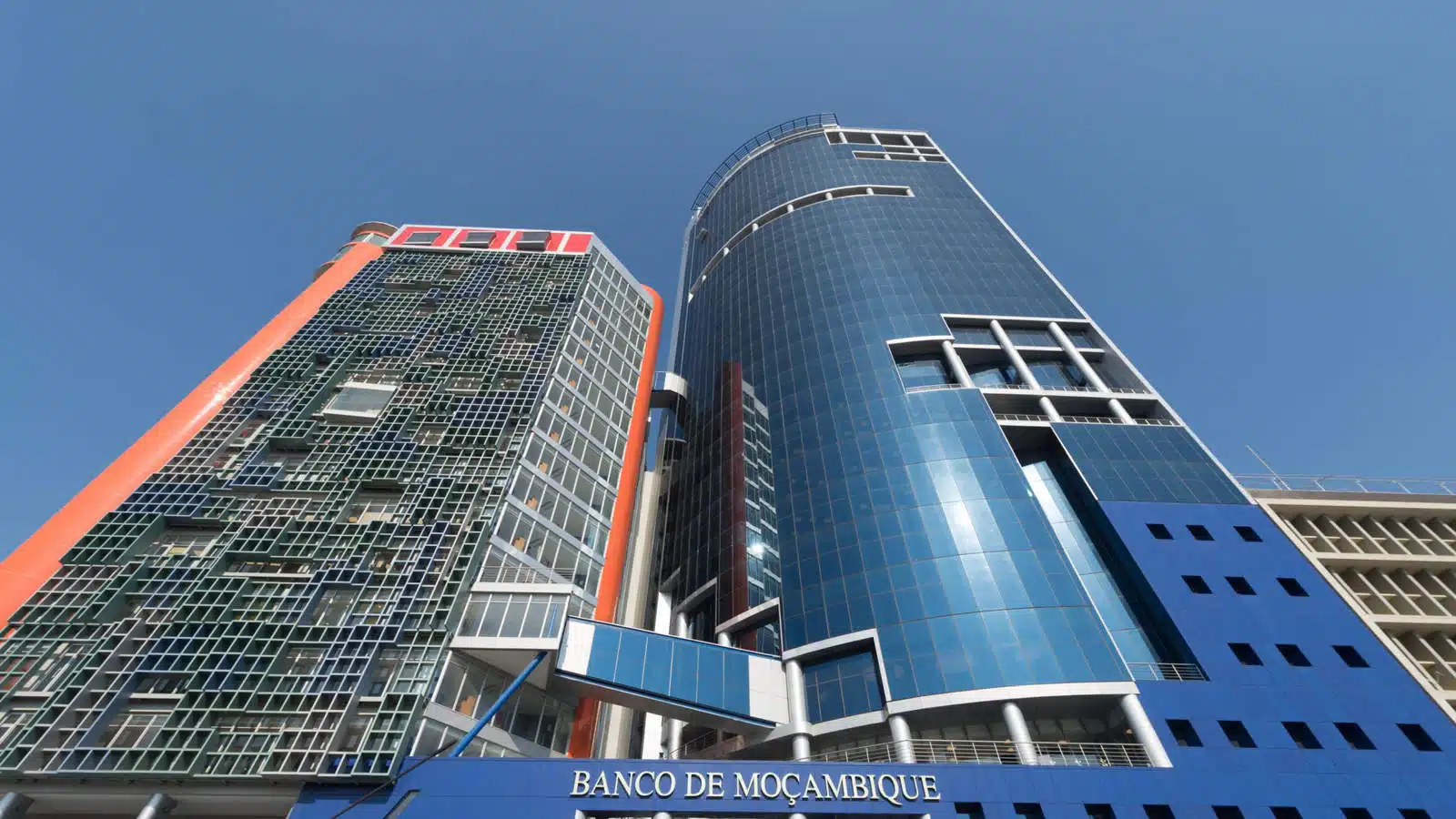Kenya’s private sector activity rose to a six-month high in October 2025, driven by new product launches and increased use of discounts and promotional pricing as firms sought to stimulate demand in a gradually recovering economy.
The latest Stanbic Bank Kenya Purchasing Managers’ Index (PMI) showed the headline index increasing to 52.5 in October from 51.9 in September, marking a second consecutive month of expansion.
The reading signals a solid improvement in overall operating conditions and is the highest the index has reached since February 2025. A PMI score above 50 indicates expanding business conditions, while a reading below 50 reflects a contraction.
“Business activity in the Kenyan private sector expanded markedly in October,” the index report said. “Companies highlighted a further improvement in sales amid broader economic strengthening.” Increased customer orders drove firms to scale up their purchasing activity for the first time since April, pointing to confidence in sustained demand.
The PMI, compiled by S&P Global, surveys approximately 400 private-sector firms across key sectors including agriculture, manufacturing, services, construction, wholesale, and retail. It combines five components: new orders, output, employment, suppliers’ delivery times, and stock purchases.
The rise in October was mainly driven by gains in new business, output, and inventories.
Christopher Legilisho, Economist at Standard Bank, explained that businesses are preparing for stronger consumer uptake. “Firms ramped up quantities purchased and increased inventory levels, expecting higher consumer demand,” he said.
“They also reported quicker deliveries, reflecting both increased efficiency and greater competition among vendors.”
Discounts and new products drive sales recovery
Companies appear to have leaned more aggressively into promotional strategies to attract customers, especially in sectors facing price-sensitive demand. Stanbic noted that many firms introduced new products while offering discounts to encourage spending after months of subdued buying conditions.
This shift aligns with a broader rebound in activity that began after economic disruption caused by widespread protests earlier in the year. The PMI had fallen sharply in June and July, hitting a low of 48.6 in July, the weakest performance in nearly a year. August and September saw a gradual recovery as stability returned and consumer sentiment improved.
The October report underscores that the expansion in output was the strongest since December 2021, helped by improving economic prospects and targeted pricing strategies.
Input costs rise at slowest rate in over a year
The improvement in activity came against a backdrop of moderating cost pressures. Although firms reported higher input costs in October, the rate of increase was the slowest in 13 months. Purchase prices and wage costs both rose more slowly compared to the previous month.
Where increases occurred, firms attributed them mainly to higher import costs and tax adjustments, including recent changes to Value Added Tax and fuel levies. Output prices also rose, but only marginally, as companies attempted to avoid deterring customers who remain sensitive to price changes.
The milder inflationary pressures are consistent with broader national price trends. Kenya’s annual inflation rate stood at 4.6% in October, unchanged from September and below the Central Bank of Kenya’s 5.0% midpoint target for the 17th consecutive month. Weak domestic demand has contributed to keeping consumer price growth contained.
Notably, the wholesale and retail sector was the only segment that saw a significant price uptick, reflecting stronger sales volumes and increased promotional activity. Several respondents reported offering targeted discounts to maintain sales momentum.
Stable employment, easing backlogs
The employment environment was largely stable, with most firms maintaining existing staff levels. Backlogs of work fell during the month as businesses cleared pending orders, further indicating improved operational efficiency.
“Pricing indicators were soft in October,” Legilisho said. “Input prices, purchase prices, staff costs, and output prices increased only modestly. Low price pressures imply that, while output conditions have improved, they are not fueling demand-driven inflation.”
Outlook: Cautiously positive
Looking ahead, business sentiment remained relatively upbeat despite dipping to a four-month low. One in five surveyed firms expects activity to increase over the next 12 months, while the majority foresee stable conditions. Only a small minority projected a downturn.
Overall, the October PMI suggests that Kenya’s private sector has entered a more constructive phase, supported by strategic pricing interventions, easing cost pressures, and early signs of recovering consumer appetite.
However, sustained momentum will depend on continued macroeconomic stability, policy clarity, and how firms manage input price risks in the coming months.











